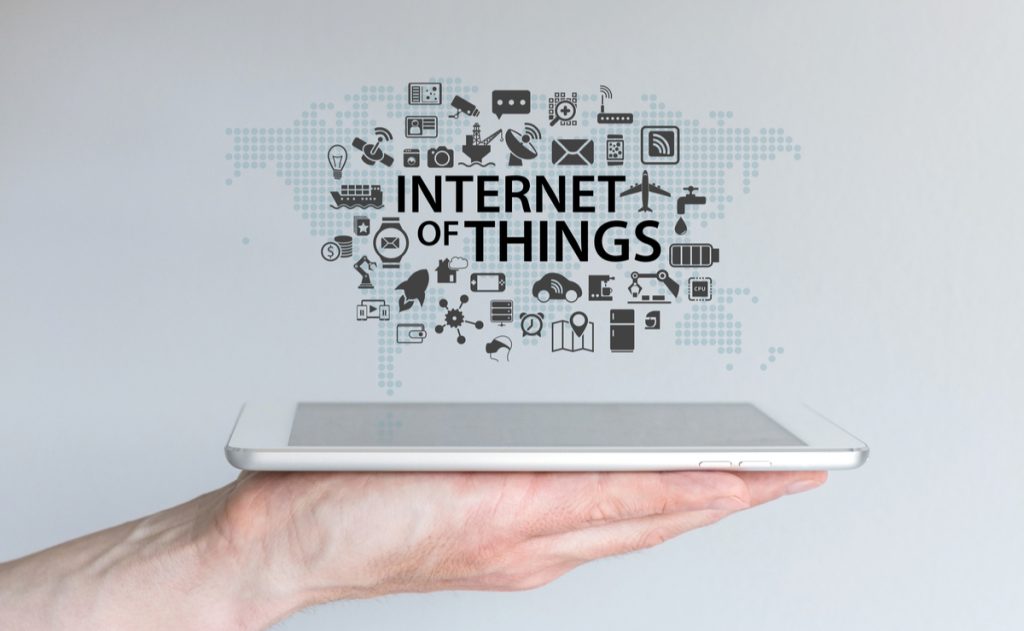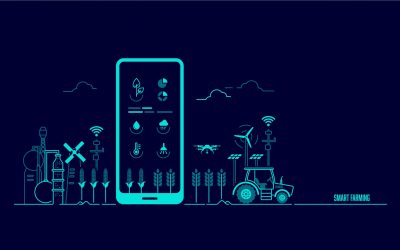One of the major concerns with the Internet of Things (IoT) is to make sure that network, devices, and data are all secured. IoT related security incidents have occurred in the past prompting the manufacturers and users to consider IoT security as one of the prime aspects. Many leaders across different platforms that are using IoT based solutions added that the security in comprehended networking would result in better security solutions. Jason Taule, Vice president at CISO of security standards, added that in the most limiting environments you have been going to configure IoT devices in your infrastructure but how are you going to allow these devices to connect and interact with your networks, system, and data. Securing the IoT devices is a multi-faceted factor that will involve the effort and big moves to improve the adjustments to ensure improving the networks, system, data, and devices. Here are the following five practices that might be considered to protect the devices,
1. IoT security starts by thinking small
To build improved security for the IoT devices enterprises need to start with the smallest component that is present in the network infrastructure-the code. The majority of all IoT devices are comparatively small when compared with other physical hardware devices. Therefore most of the solutions in the code tend to be written in the common language such as- C or C and C# languages that will frequently fall victims due to the lower level of security to protect the data. Such languages result in likely problems like memory leaks and buffer overflow vulnerabilities. There are several issues that affect devices with this language that are as common as cold we observe in the humans. In the IoT environment, the common issues can persist and can often lead proliferation of the problem that becomes too big; such problems are often overlooked, leading to major security goof-ups. The best solution is to have a defense that will test, test, and retest that will have a variety of well-regarded testing tools in the market that can be used for the IoT devices. Security and IT administrators can also be using the stack cookies, that are just randomized data strings that applications are coded to write into the stack just before the instruction pointer register to which the required data overflows if the buffer overflows.
2. Deploying context-based access controls
Controlling access within an IoT environment is one of the biggest security challenge companies have to face when they tend to connect different devices with different products and assets. That includes controlling networking access for the connected objects that are being used. Organizations initially need to identify the behaviors and various activities that are deemed acceptable by connecting things within the complete IoT environment and putting in place the controls that account for this, but they shouldn’t hinder the complete process. Instead of using the separate VLAN (virtual LAN) or network segment that can be restrictive and debilitating for the IoT devices along with implementing the context-aware access that controls throughout your network to allow an appropriate level of actions and behaviors not just at the connection level, but also at the command and data transfer levels. It will make the devices operate in the required planned environment that will be limiting their ability to conduct malicious or unauthorized activities. The process can establish a baseline of expected behavior that can then be logged and monitored to identify different anomalies or activities that will be falling out of the expected threshold behavior.
3. Vendors accountable for IoT equipment’s provided
Enterprises as a business provide all kinds of services and in some of the cases, the services providing equipment’s are placed on the customer environment. In the new age of IoT solutions, there is a very good chance that the machinery will be connected and therefore vulnerable to hacking and other types of intrusions. It’s also not up to the customers to ensure that there is any accountability in place if something can go wrong. If the vendors are pushing an IoT into the enterprises as part of their all devised services or solutions, the user must be completely aware of the solution and see that whether its part of the current contracting/ procurement. The business has to make sure that who exactly is responsible for the updates and life-cycle of the equipment and even work with access to it in case of an incident.
4. Defense against IoT spoofing
Hackers and their techniques have added more sophistication over the course of the last few years manufacturers, and it also adds to one of the major threats to the current organization cycle. They are continuously adding the threat cycle with various types of counterfeiters and forgers that have exponentially increased the number of attacks on the IoT devices. That makes it imperative that the businesses and users of IoT devices are sound enough when communicating and ensure that they are levitated for critical communications, software updates, and downloads. All of the IoT devices must have a unique identity organization is at high risk of being manipulated, leading to undefined device access.
5. Establishing a one-way connection for IoT devices
Companies should be able enough when it comes to limiting the ability of IoT devices to initiate network connections. Having a devised strategy that connects the devices only through the firewalls and, access control lists means that they would be able to provide the required solutions. By establishing, a one-way trust principle will mean that the enterprise will be able enough to deal with various security challenges and will never be able to initiate connections to internal systems.
Conclusion
Various businesses and users are using IoT devices without apprehension, giving them complete access to a network that can even control other devices. Having a secure environment that connects those devices will proliferate the data usage but prevent data leakage. IoT solutions are typically shared through multiple platforms that include various vendors, third-party data analytics solutions, and even employees. So having a data and monitoring solution should be the next step when building a data solution.
To know more, you can download latest whitepapers on IoT security.






































































